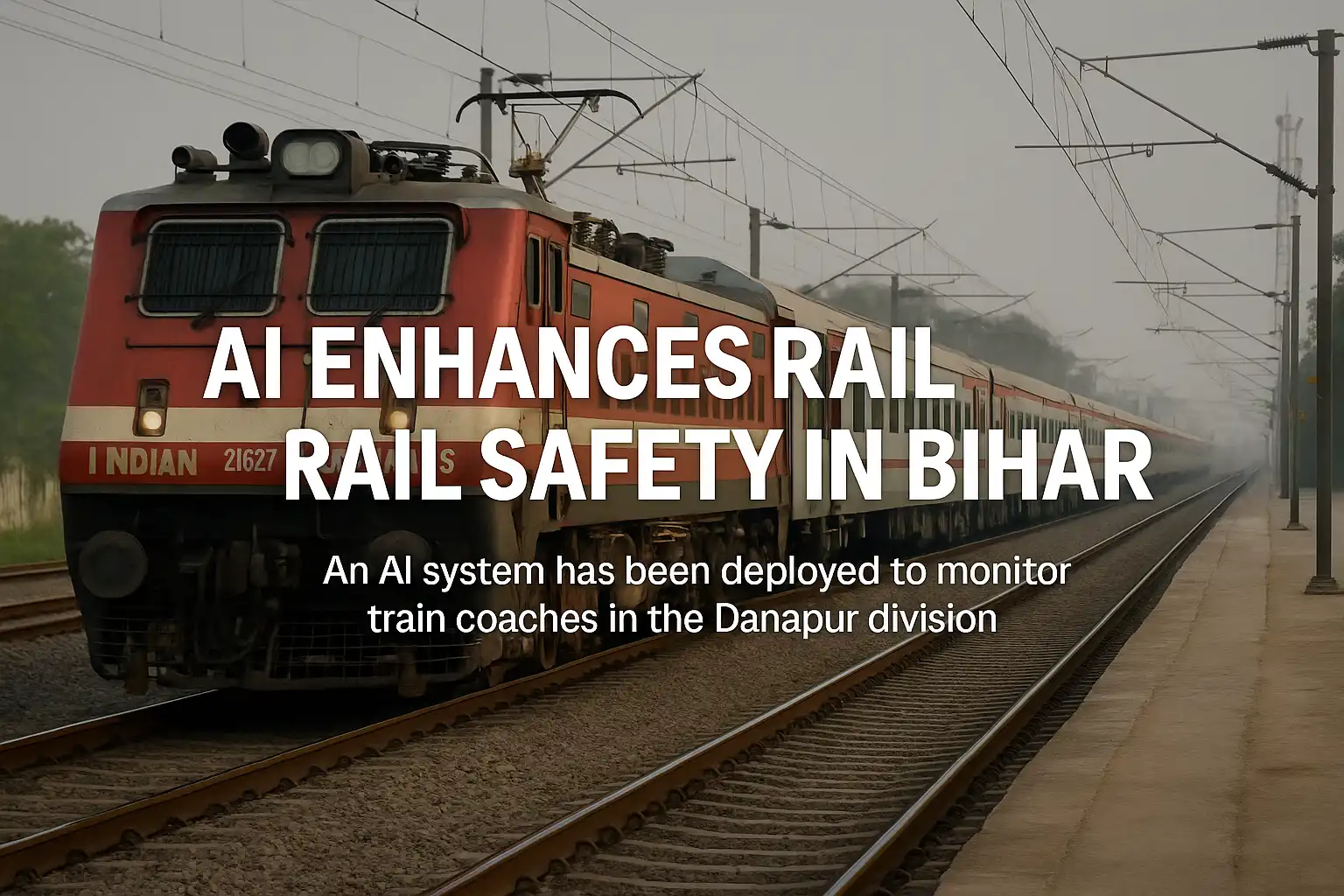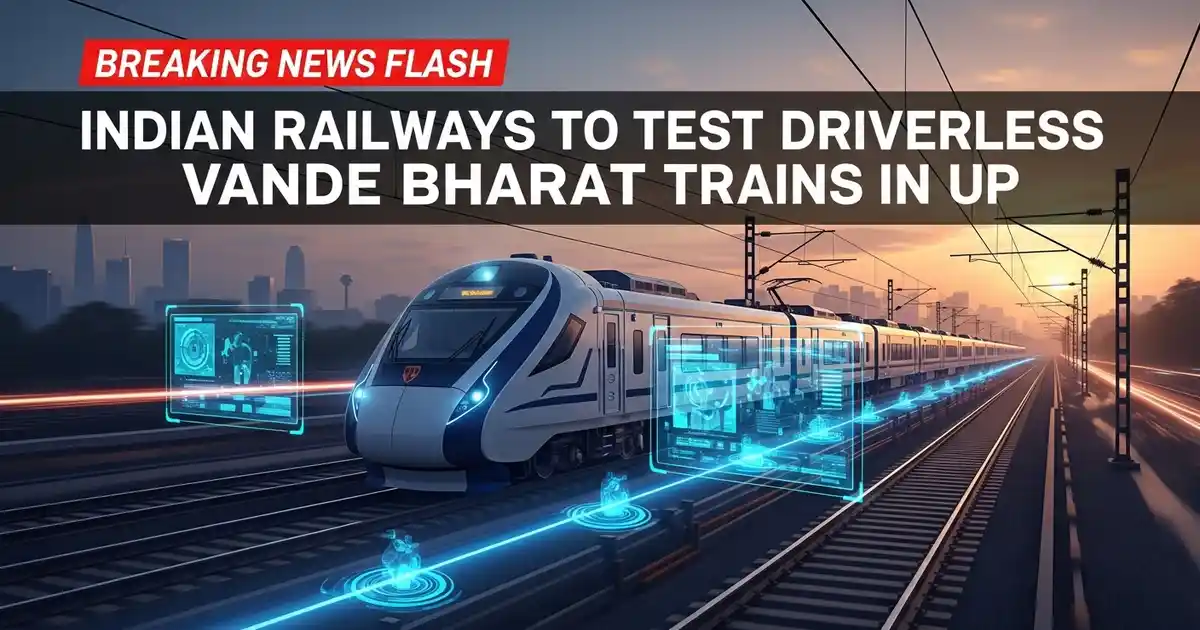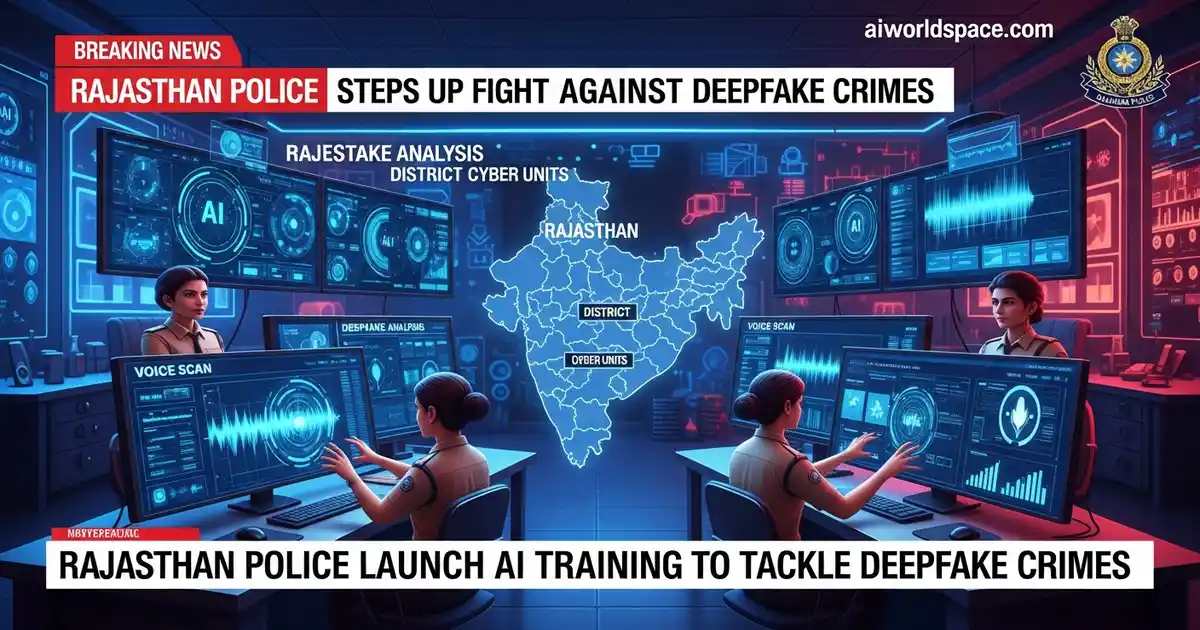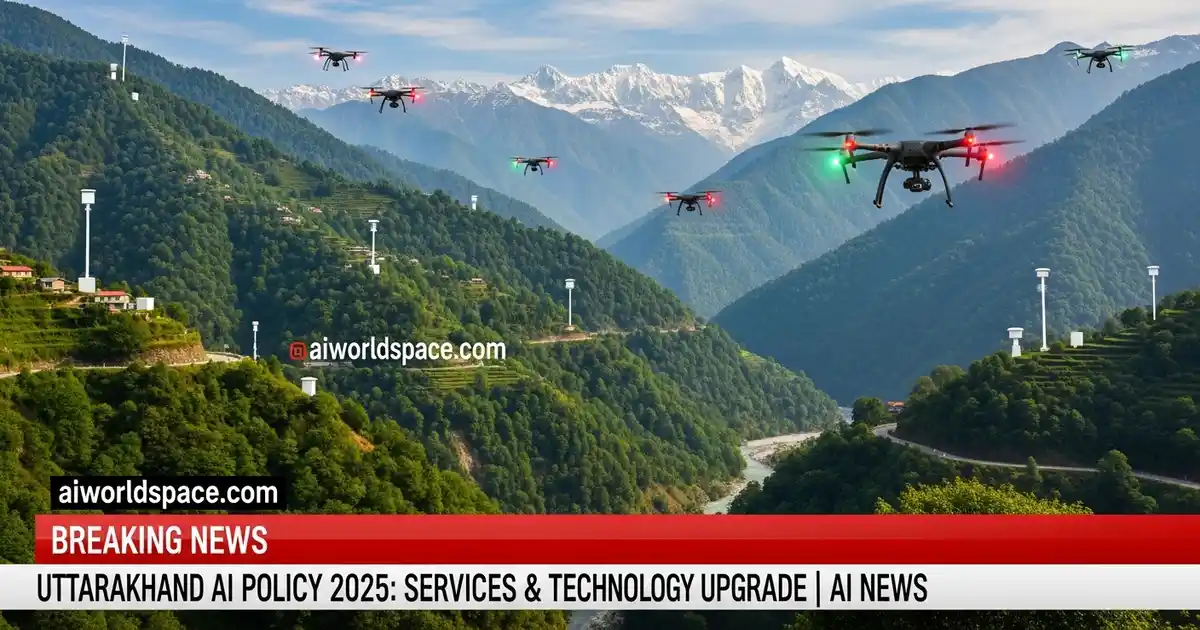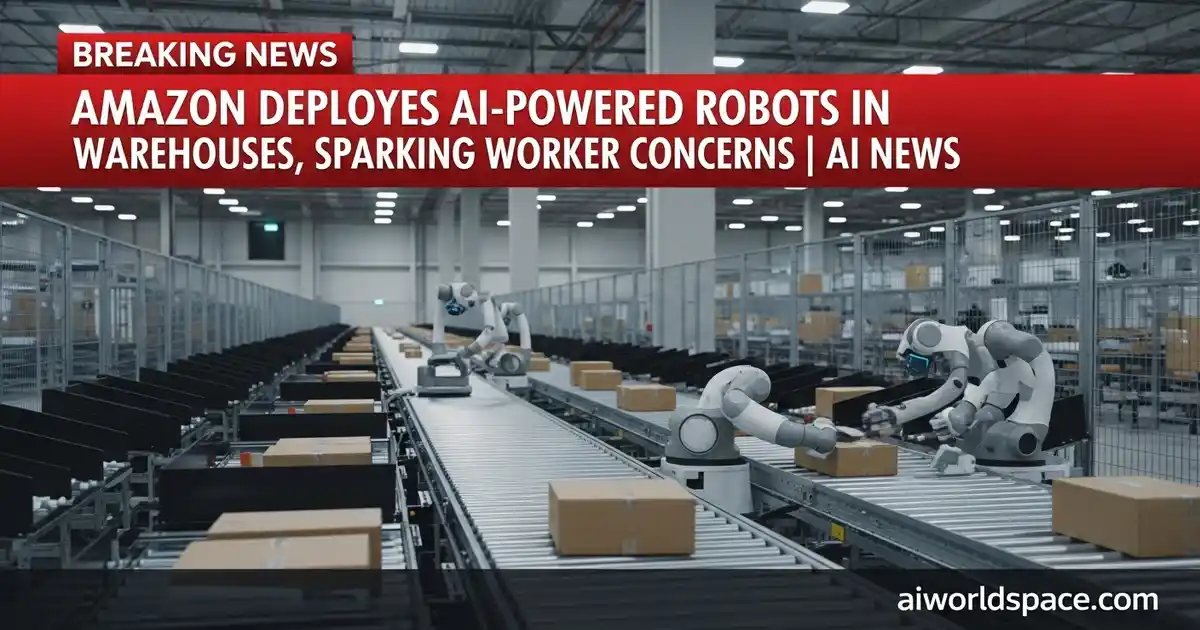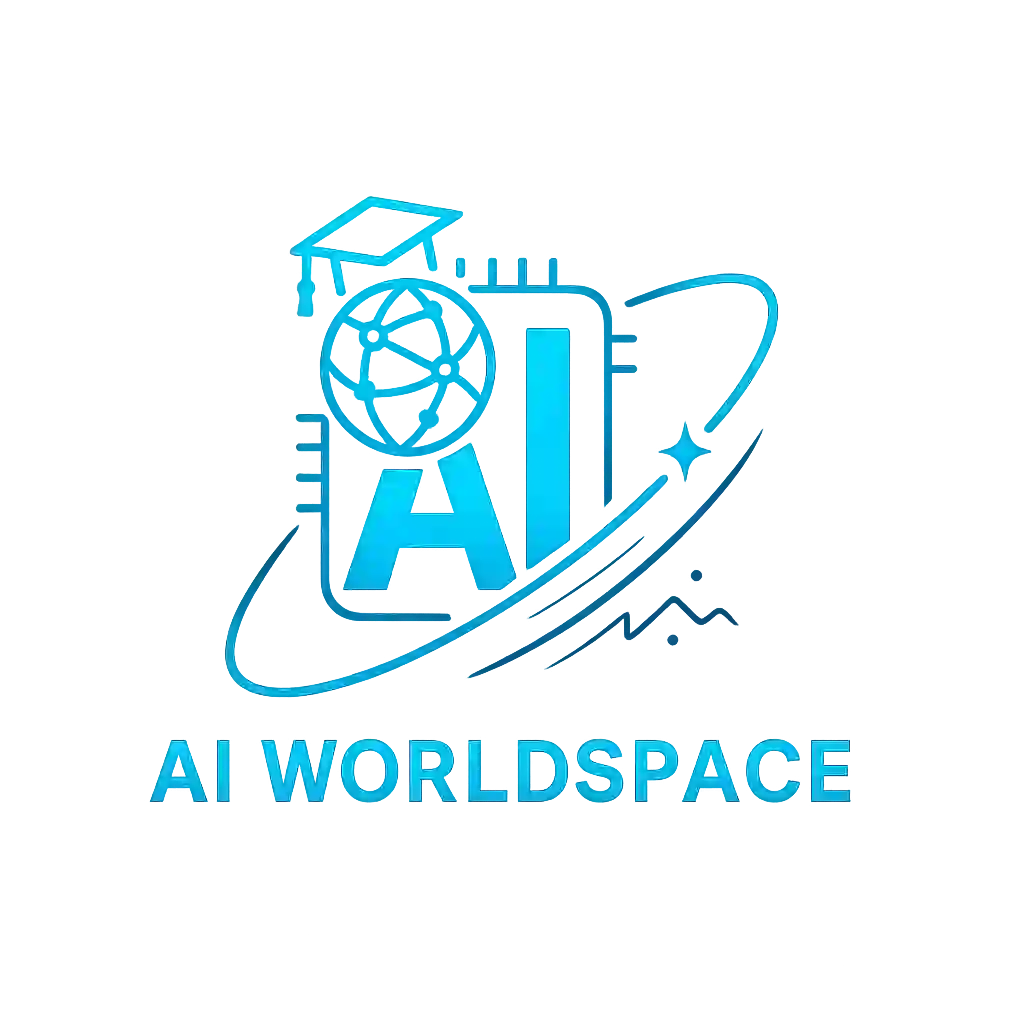New Delhi | August 17, 2025 | 4 min
Synopsis: Indian Railways is getting ready for a major technological revolution as plans are being developed to introduce semi-automatic and driverless train operation which will include Vande Bharat trains. Beginning with tests of the technology in Uttar Pradesh, this move could transform passenger travel, and raise questions about safety as well as jobs and what the next steps for automation on the rail system of India.
Indian Railways Plans Driverless Vande Bharat
Indian Railways is quietly preparing to introduce one of its most innovative trials to date that will run passenger trains that do not have a loco pilot in charge. According to officials, tests of semi-automatic technology and driverless are scheduled to be conducted in Uttar Pradesh, a state located at the heart of India’s rail system.
Read In Hindi - लोको पायलट के बिना दौड़ेंगी वंदे भारत और तेजस! यूपी में रेलवे क्या बड़ा बदलाव करने जा रहा है?
Trains Without Loco Pilots? The Big Leap Ahead
The idea is to equip Vande Bharat and other premium trains with the most advanced signalling systems, sensors as well as AI-powered tools for monitoring. They will allow trains to operate in “Automatic Train Operation (ATO)” mode, in which the human pilots serve like supervisors instead of the direct operators.
Why Uttar Pradesh First?
Railway officials claim that UP is the state chosen for the initial rollout due to its large-scale routes and high density routes. infrastructure improvements currently in progress. With major projects such as the Delhi-Varanasi corridor and Delhi-Lucknow corridor that are being updated and upgraded, the state is an ideal test ground on which new technologies can be integrated more efficiently.
The Railways has already experimented with ATO on certain metro corridors, but expanding it to express trains that travel long distances like Vande Bharat is an entirely new issue.
What About Jobs and Safety?
The announcement has caused controversy on two sides: safety and employment. While the government insists that trains won’t become “completely driverless” in the initial phase -an operator will be in the cabin for backupthe move toward automation is evident.
Some argue that automation can reduce human error, boosts efficiency, and could improve time-to-time. However, unions and experts caution against relying too much on machines can cause a risk to safety in India’s complicated and unstable railway environment.
Concerning the job market, unions are concerned that loco pilots will be able to see their roles diminished. Officials however insist their belief that new system will allow for distinct types of monitoring and technical tasks instead.
The Bigger Shift in Indian Railways
This test is a pivotal moment in the way Indian Railways sees the future of passenger transport. If they are successful semi-driverless trains can pave the way for quicker safer, more efficient services throughout India.
But the transition isn’t easy. The public’s trust, the negotiations between workers as well as the reliability in new technology will determine how quickly the dream of Vande Bharat’s autonomous vehicle becomes reality
Also READ
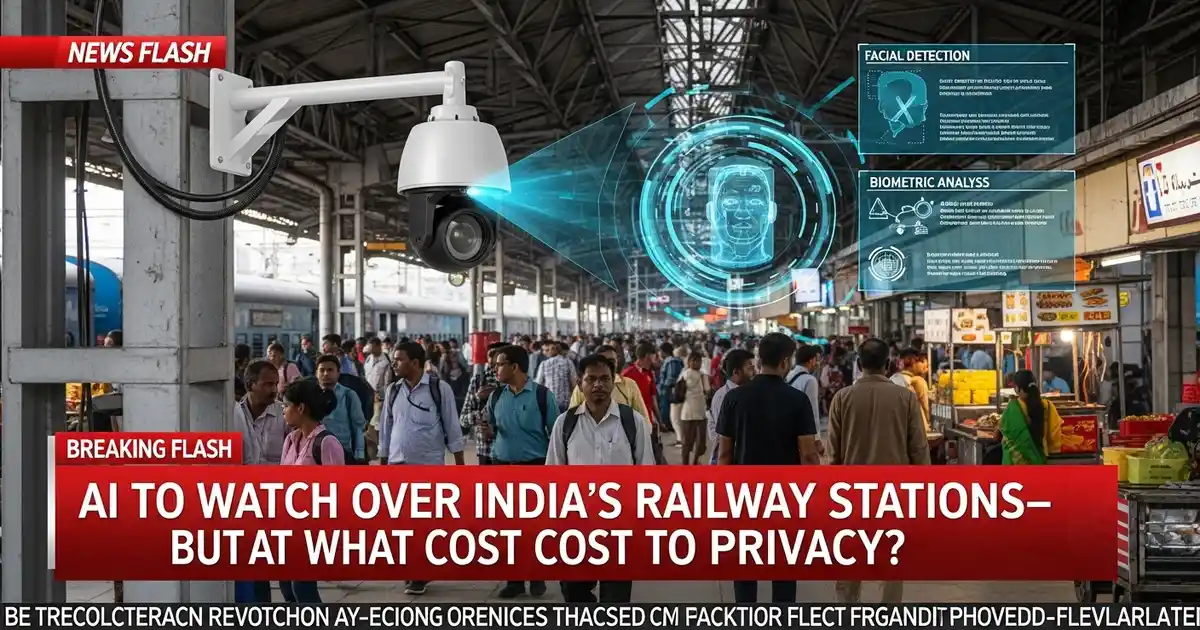
Is Indian Railways Watching You With AI Cameras? Here’s What’s Really Happening
